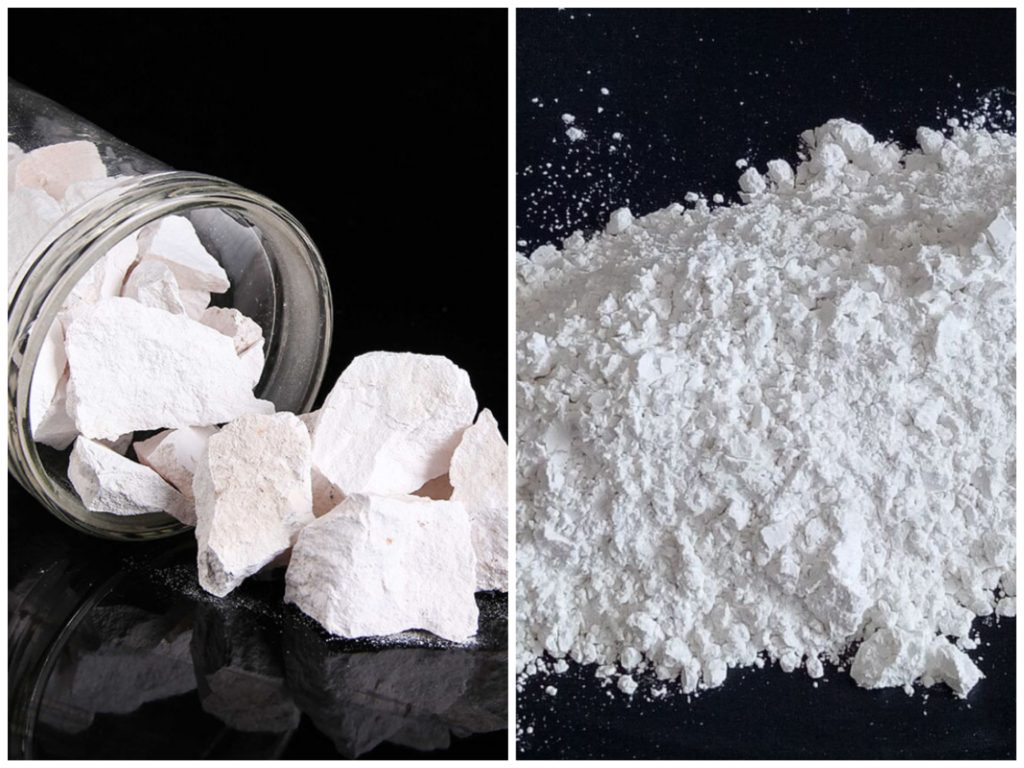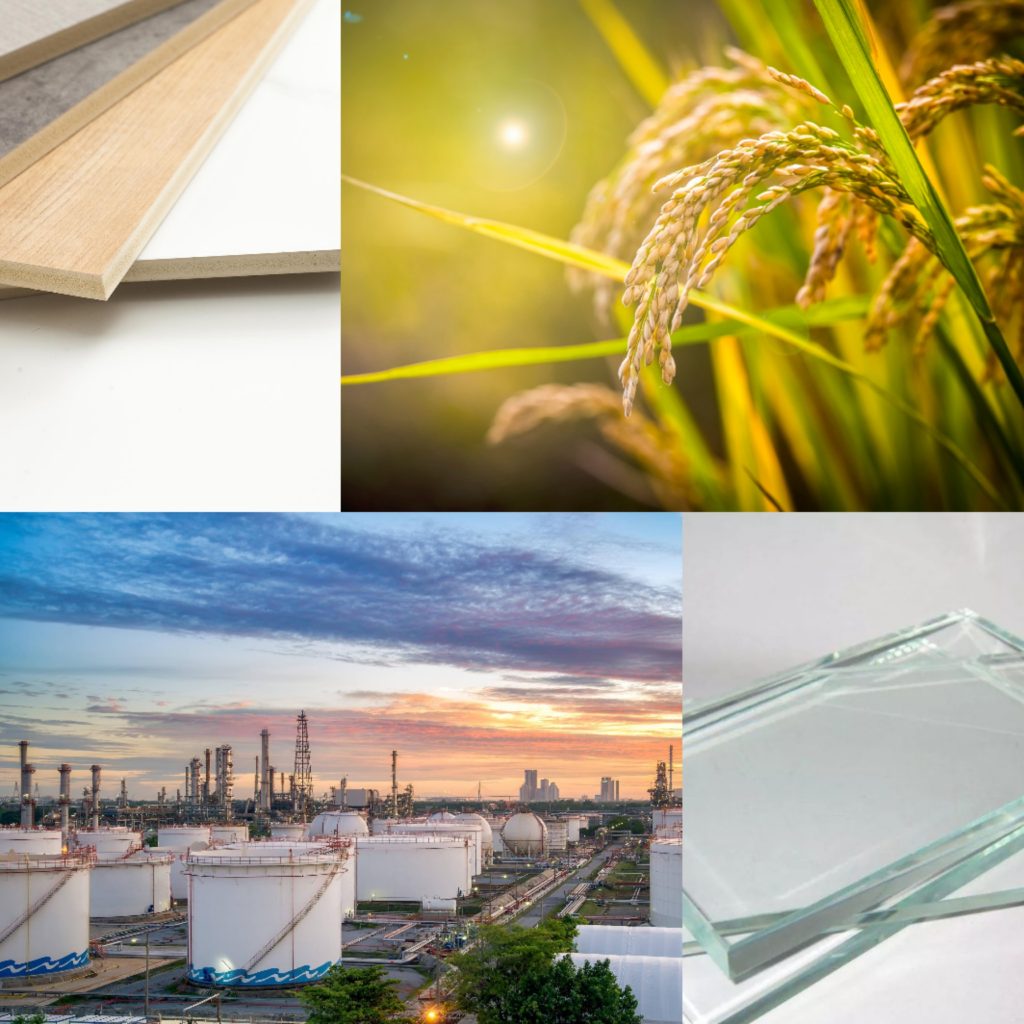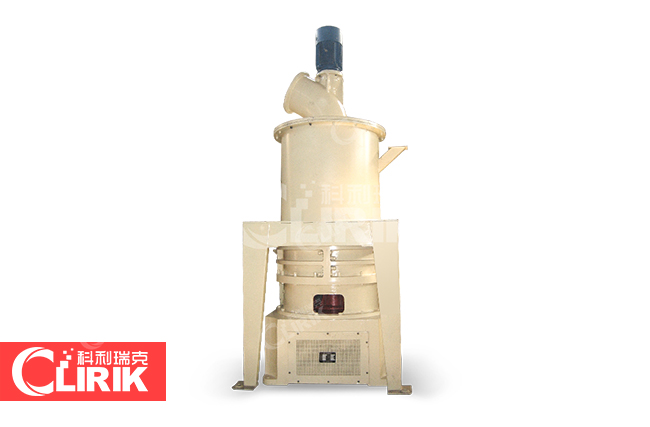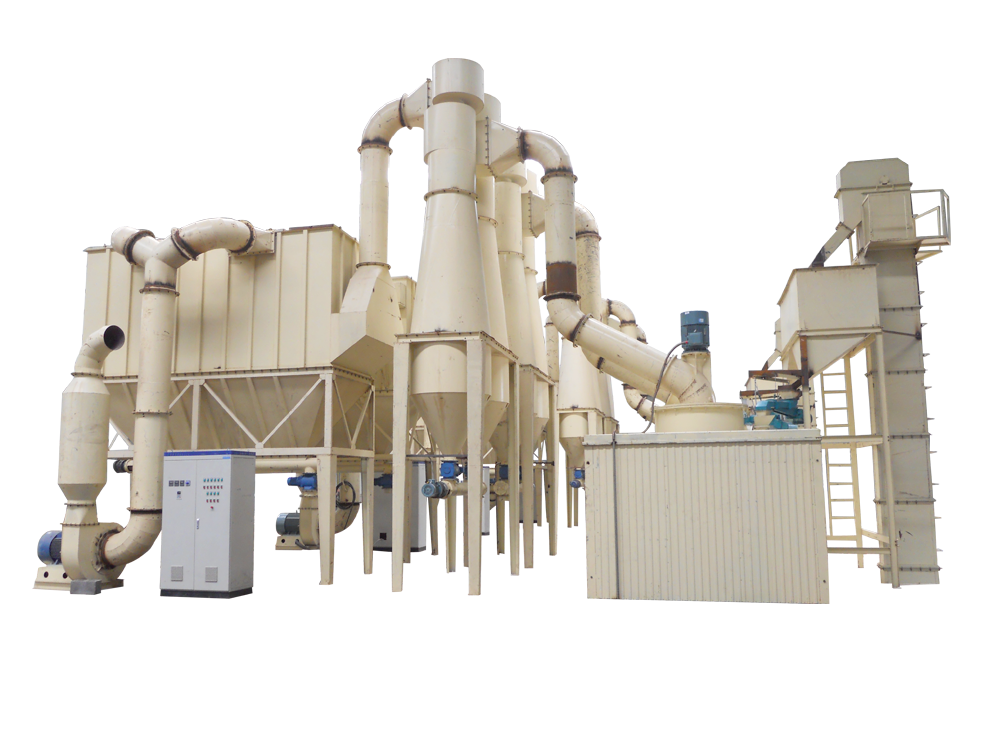
The chemical composition of dolomite is CaMg(CO3)2, and the crystal is a triangular carbonate mineral. The crystal structure of dolomite is similar to that of calcite, the crystal shape is diamond, and the crystal surface is often curved into a saddle shape. Pure white marble is white because it contains other elements and impurities, sometimes gray green, gray yellow, pink and other colors, with a glass luster. The three groups of diamond cleavage were intact and brittle. Mohs hardness 3.5-4, specific gravity 2.8-2.9.

Dolomite is a carbonate mineral, there are respectively iron dolomite and manganese dolomite. Its crystal structure is like calcite, often rhombohedral. Dilute hydrochloric acid will slowly bubble out when it is cold. Some dolomites glow orange-red when exposed to cathode rays. Dolomite is the main mineral component of dolomite and dolomitic limestone. Dolomite can be used in building materials, ceramics, glass and refractory materials, chemical industry and agriculture, environmental protection, energy saving and other fields. Mainly used as basic refractory materials and flux of blast furnace ironmaking; Production of calcium magnesium phosphate fertilizer and preparation of magnesium sulfate; And ingredients for the production of glass and ceramics.

Dolomite is not only the main mineral raw materials of artificial marble and water grinding (light) stone, but also some dolomite with tight structure and fine texture is used as decorative materials and process materials. Dolomite processing into floor tiles, wall tiles and plates and other new decorative materials, with light weight, high strength, anti-aging, beautiful and many other characteristics, favored by people. Decorative railings and decorations made of dolomite as the main material are also very popular.
In the process of crop growth, because the long-term use of urea fertilizer is easy to cause the soil to be acidic, so the urea can be directly added to dolomite, so that the soil to maintain the appropriate pH value, generally can increase the crop yield of 15 to 40%, but also can improve the efficacy of herbicides. Dolomite can also compensate for the loss of magnesium content in the soil, and as a filler for fertilizer, it can improve the conditions for plants to use soil nutrients, reduce caking, and facilitate the adjustment of fertilizer ratio.
Dolomite with raw ore size of 30 ~ 120mm is an important raw material for the production of magnesium metal, and can also produce magnesium carbonate, magnesium oxide, magnesium sulfate, magnesium hydroxide and other magnesium compounds. Dolomite is also one of the important raw materials of basic refractory materials, mainly used in steel converter lining, open furnace, electric furnace wall, followed by kiln refining equipment and cement kiln and other thermal equipment. Dolomite can be made into dolomite bricks; When dolomite brick is used as furnace lining, the life of furnace body can be significantly improved by dolomite powder spray.
Dolomite and limestone are the third major components of glass raw materials besides silica sand and soda powder. In the production of bottle glass, soda powder is the most expensive component, adding limestone can partially replace soda powder, but it will have adverse effects, and the introduction of magnesia in dolomite can further reduce costs. Dolomite in the glass industry can also provide calcium oxide, adding soda ash – gray – silica system, play the role of flux. In addition, dolomite can also reduce glass aging, prevent chemical erosion caused by atmosphere or water, improve the plasticity of colored glass, and improve the strength of glass.
The fineness of dolomite grinding powder is divided into dolomite sand 6~10 mesh, 10~20 mesh, 20~40 mesh, 40~80 mesh, 80~120 mesh, dolomite powder 10 mesh, dolomite ultrafine powder 140 mesh, 325 mesh, 600 mesh, 1000 mesh, 1600 mesh. According to the different application scenarios, the requirements for selecting a grinding mill are also different.
Our company specially designed a powder mill for the production of dolomite powder – 300~2500mesh dolomite powder making mill in addition to dolomite, can also be used for calcium carbonate, kaolin, clay, gypsum, carbon black monomer grinding. According to your different requirements for powder fineness processing, the capacity of the dolomite powder machine can be controlled in the range of 1-45t/h.

Capacity: 0.5~45 t/h
Max feeding size: 20 mm
Processing ability:0.5~45 t/h

First of all, the large chunk of mined dolomite is initially broken through the jaw crusher, and then it is sent to the cone crusher for further medium-fine crushing treatment. The reason why the two-stage crushing is selected is to achieve the full separation of the useful substances in the raw ore and provide better ore raw materials for the grinding stage.
Next, the crushed dolomite is transported from the bottom up by the bucket elevator to the bin, and then the electromagnetic vibration feeder is evenly and quantitatively sent to the dolomite powder making mill for deep grinding processing.
Finally, the pulverized dolomite powder will be graded by the powder separator, the unqualified fine powder will be sent back to the main machine for re-grinding, and the dolomite powder meeting the fineness requirements will be entered into the finished product bin through the pipeline device, and can be packaged by the powder filling tank truck.
1.the production line equipment layout is compact, scientific, crushing, grinding and other links are connected properly, the production line covers an area of reduction, saving investment costs of nearly 30,000 yuan.
2.the use of centralized electrical design, can remotely control the operation of the production line through the computer, without workshop personnel, simplify the operation, save labor, time and other costs.
3.the finished dolomite powder after processing has good quality, high purity, less impurities, fine texture, and the fineness can be adjusted between 300~2500 mesh, and the sifting rate is more than 99.99%.
4.the production line operation, to avoid dust, noise and other aspects of pollution, while reducing energy consumption by about 60%, will be environmentally friendly low-carbon production to the end.